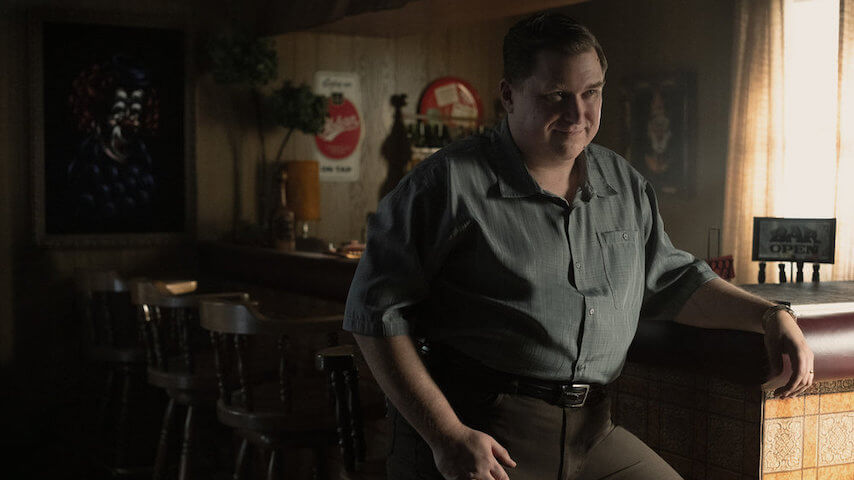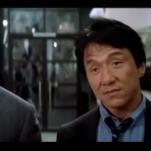Devil In Disguise: John Wayne Gacy is a refreshing take on the serial-killer drama
Peacock's show, while stylish, resists the urge to glorify its monster.
Photo: Brooke Palmer/PEACOCK
On streamers, serial killers are always hot commodities. Of the top 20 docs on Netflix in 2024, 15 were true crime; Ryan Murphy turned Jeffrey Dahmer and the Menendez brothers into juggernauts (and didn’t stop there); and Mindhunter had Redditors out-psychologizing the FBI. The danger in these re-enactments and dramatizations is obvious: Presenting sympathetic killers and violence as prestige TV stylizes the worst of humanity, retraumatizes families, and glamorizes these acts.
With that in mind, Peacock’s Devil In Disguise: John Wayne Gacy is a refreshing take on the genre. The eight-episode dramatization begins with the disappearance of his final victim in the 1970s and follows the 10-day police investigation that ensued and led to his arrest. From there, the show travels back and forth in time to offer snippets of Gacy’s life, crimes, and his eventual death by lethal injection in 1994.
The first episode spends a lot of time with the seemingly jovial murderer, positioning Devil In Disguise as a similar “inside the mind of a killer” series. Yet it’s never really told from Gacy’s point of view, and once the show gets going, it strips Gacy’s power by ignoring him and focusing instead on the wreckage he caused.
The choice to cast Michael Chernus as Gacy is the series’ biggest strength. This isn’t a magnetic antihero with a Hannibal Lecter twinkle, nor is he a misunderstood genius. He’s sweaty, unsettling, and unlikable, even when he’s putting on his good-samaritan routine. That choice grounds the character in a way that’s counterintuitive to the “Netflixification” of serial killers. There’s no easy hook, seduction, nor romanticizing here. Gacy is ordinary, and that’s why he’s extraordinarily terrifying.
Devil In Disguise hails from Dr. Death showrunner Patrick Macmanus, who has walked this line before. Both seasons of Dr. Death (anthology dramatizations of surgeons Christopher Duntsch and Paolo Macchiarini) were less about those docs’ pathology than the systems that enabled them. Devil In Disguise takes a similar track. Gacy’s crimes anchor the story, but the real tension comes from the investigation, the defeated parents who couldn’t get cops in Chicago to listen, and the communities that rationalized suspicious disappearances as troubled runaways. If Dr. Death was a story about institutional failure, Devil In Disguise is about collective responsibility and what happens when everyone looks away until it’s too late.
Visually, this is still a drama that pulls you in with atmosphere. There are rain-slicked streets, brooding detectives, and lighting that creates noir vibes. But the series resists the most important visual impulses in crucial ways. It never depicts the murders. Gacy rarely interacts with his victims onscreen. And while his famous clown persona is addressed, he never wears a costume.








































